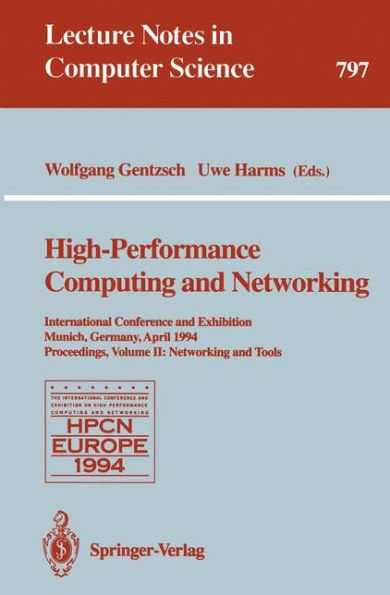5
1
9783540579816


High-Performance Computing and Networking: International Conference and Exhibition, Munich, Germany, April 18 - 20, 1994. Proceedings. Volume 2: Networking and Tools / Edition 1 available in Paperback

High-Performance Computing and Networking: International Conference and Exhibition, Munich, Germany, April 18 - 20, 1994. Proceedings. Volume 2: Networking and Tools / Edition 1
- ISBN-10:
- 3540579818
- ISBN-13:
- 9783540579816
- Pub. Date:
- 05/13/1994
- Publisher:
- Springer Berlin Heidelberg
- ISBN-10:
- 3540579818
- ISBN-13:
- 9783540579816
- Pub. Date:
- 05/13/1994
- Publisher:
- Springer Berlin Heidelberg
54.99
In Stock

Product Details
| ISBN-13: | 9783540579816 |
|---|---|
| Publisher: | Springer Berlin Heidelberg |
| Publication date: | 05/13/1994 |
| Series: | Lecture Notes in Computer Science , #797 |
| Edition description: | 1994 |
| Pages: | 526 |
| Product dimensions: | 6.10(w) x 9.25(h) x 0.04(d) |
From the B&N Reads Blog
